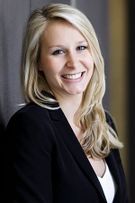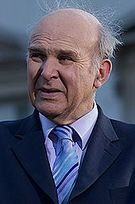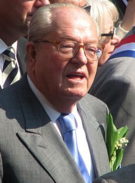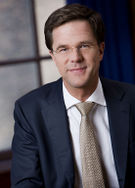Kiribati-Tarawa general election, 2017
| | |||||||||||||||||||||||||||||||||||||||||||||||||||||||||||||||||||||||||||||||||||||||||||
| |||||||||||||||||||||||||||||||||||||||||||||||||||||||||||||||||||||||||||||||||||||||||||
| |||||||||||||||||||||||||||||||||||||||||||||||||||||||||||||||||||||||||||||||||||||||||||
| |||||||||||||||||||||||||||||||||||||||||||||||||||||||||||||||||||||||||||||||||||||||||||
The Kiribati-Tarawa general election of 25 March 2017 elected 650 members to the Kiribatian House of Commons. The election was called on 7 March 2017, with only 18 days allocated for the campaign after prime minister Catherine Willoughby made a formal request for a dissolution to the King. The election was a snap poll, and no minor parties or independents won seats.
The election was the first for Catherine Willoughby's premiership and the first election in which the re-established Liberal Party, formed as merger between the Liberal Democrats and the Coalition for Compromise, stood for election in a combined list of Liberal Democrat and Coalition MPs. It was also the first general election in which candidates from the Tarawan National Party won seats in the House of Commons. The election was also the first time that a party led by a woman had won a general election.
Polling for the election had, up through election day, predicted a hung parliament, with the Conservatives losing seats, but Labour not gaining enough to govern, leaving Willoughby to lead a minority or coalition government. The polls, however, did not sufficiently account for the vote-splitting effect of the newly reformed Liberal Party, which sapped votes from Labour candidates in many key constituencies, allowing the Conservatives to actually gain 11 seats and grow their one-seat majority to 12.
Contents
Election process
The election was conducted by the Royal Board of Elections using a first-past-the-post voting system. All adult non-felons aged 18 years or older were eligible to vote, provided they had registered by the deadline to be placed on the electoral rolls. Voters voted in the constituency of their residency to elect one member of parliament (MP) per constituency. Candidates for each constituency were drawn from party lists filed with the Royal Board of Elections; independent candidates could be added to the ballot by submitting a petition with 1,000 verified signatures.
Contesting parties
Major
- Conservative Party: led by Catherine Willoughby, the prime minister. The Conservative Party was the governing party, but only by a majority of one seat, leaving them to seek support from the Coalition for Compromise on most controversial issues. The Conservatives stood in all 650 constituencies.
- Labour Party: led by longtime leader Edward Wilson, the leader of the opposition. The Labour Party was the official opposition and had been out of government since 2008. Labour also stood in all 650 constituencies.
Secondary
- Liberal Party: led by Michael Whittaker. The Liberal Party was reconstituted by the merger of the Liberal Democrats (KT) and the Coalition for Compromise, who split from the Liberal Party in 1989.
Regional
- Tarawan National Party: led by Angus McClellan. The Tarawan National Party is a separatist nationalist party that contested only seats in Tarawa, campaigning on a promise to demand a Tarawan regional parliament.
Results
Exit poll
The official exit poll, announced on the Royal Broadcasting Service, was the most inaccurate in history. Based on responses from voters after leaving the ballot station, the poll predicted that the Conservatives would be the largest party, but would lose their majority, winning only 320 seats. The Labour Party, meanwhile, was predicted to take 192 seats, the Liberals 72, and the Tarawan National Party 56. Like polling conducted during the campaign, the calculus used to predict the seat totals overestimated the share of the Liberal vote, due to the party's reconstitution. After the release of the prediction, the value of the Kiribatian mark royal plunged 500 points, but recovered by morning as the real seat totals began to come in.
| Parties | Seats | |
|---|---|---|
| Conservative Party | 320 | |
| Labour Party | 192 | |
| Liberal Party | 72 | |
| Tarawan National Party | 56 | |
| Conservatives 6 short of majority | ||
Results by region
Westminster
Greater Westminster is the country's populous and most politically diverse region, making it a hotly-contested electoral battleground. Additionally, two party leaders - Catherine Willoughby and Michael Whittaker - had their home constituencies in Westminster, Conningridge and Westminster South. Greater Westminster as a whole contains 110 parliamentary constituencies, 66 of which are rated as marginal seats, making it a strong indicator of the electoral swing nationwide.
The first marginal seats to declare in Westminster went for Labour, but by extremely close margins. As more middle-class constituencies in the city declared, the vote swing shifted in favour of the Conservatives. The Liberal Party also took a significant number of Westminster seats - 23, nearly half their total.




